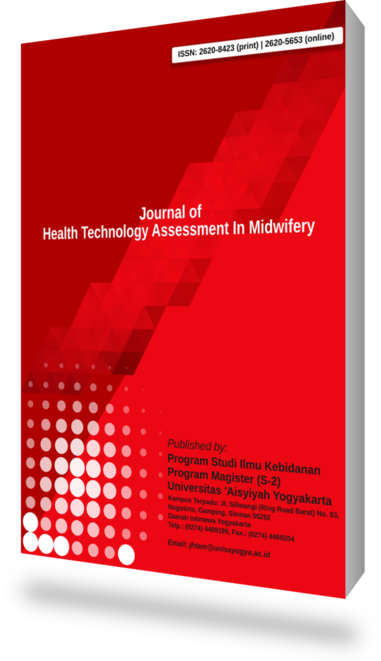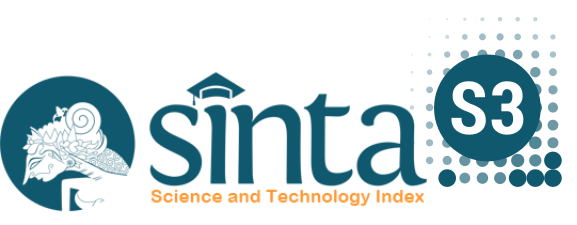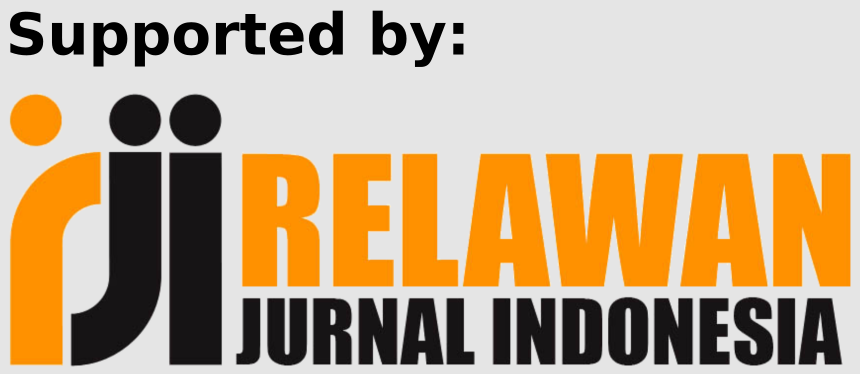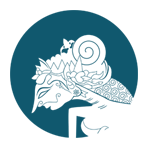Family Support and Midwives Motivation for the First Stage of Labor
DOI:
https://doi.org/10.31101/jhtam.2776Abstract views 613 times
Keywords:
Family support, Midwife’s motivation, First stage of labor,Abstract
Downloads
References
Aziato, L., & Omenyo, C. N. (2018). Initiation of traditional birth attendants and their traditional and spiritual practices during pregnancy and childbirth in Ghana. BMC Pregnancy and Childbirth, 18(1), 1–10. https://doi.org/10.1186/s12884-018-1691-7
Bohren, M. A., Mehrtash, H., Fawole, B., Maung, T. M., Balde, M. D., Maya, E., Thwin, S. S., Aderoba, A. K., Vogel, J. P., Irinyenikan, T. A., Adeyanju, A. O., Mon, N. O., Adu-Bonsaffoh, K., Landoulsi, S., Guure, C., Adanu, R., Diallo, B. A., Gülmezoglu, A. M., Soumah, A. M., … Tunçalp, Ö. (2019). How women are treated during facility-based childbirth in four countries: a cross-sectional study with labour observations and community-based surveys. The Lancet, 394(10210), 1750–1763. https://doi.org/10.1016/S0140-6736(19)31992-0
Çalik, Karabulutlu, & Yavuz. (2018). First do no harm - Interventions during labor and maternal satisfaction: A descriptive cross-sectional study. BMC Pregnancy and Childbirth, 18(1), 1–10.
Cavazos-Rehg, Krauss, Spitznagel, Bommarito, Madden, Olsen, Subramaniam, Peipert, & Bierut. (2015). Maternal Age and Risk of Labor and Delivery Complications. Maternal and Child Health Journal, 19(6), 1202–1211. https://doi.org/10.1007/s10995-014-1624-7
Dekker, & Bertone. (2022). Evidence on: Eating and Drinking During Labor. Evidence Based Birth.
Handayani, R. (2015). Factors That Associated with Anxiety Levels Ahead of Delivery in Third Trimester Primigravida Mothers in the Working Area of Lubuk Buaya Health Center Padang in 2012. NERS JURNAL KEPERAWATAN, 11(1), 62–71.
Hodnett, E. D., Gates, S., Hofmeyr, G. J., & Sakala, C. (2013a). Continuous support for women during childbirth. Cochrane Database of Systematic Reviews, 2013(7). https://doi.org/10.1002/14651858.CD003766.pub5
Hodnett, Gates, Hofmeyr, & Sakala. (2013b). Continuous support for women during childbirth. In Cochrane Database of Systematic Reviews (p. 7). https://doi.org/10.1002/14651858.CD003766.pub5
Ibrahim, N., Elfeshawy, M., Awad, H., Elmashad, M., Mohamed, A., & El-Nemer, R. (2015). Feasibility and Acceptability of Labor Companionship at Mansuora University Hospital, Egypt. IOSR Journal of Nursing and Health Science Ver. III, 4(5), 39–45. https://doi.org/10.9790/1959-04533945
Kungwimba, E., Malata, A., Maluwa, A., & Chirwa, E. (2013). Experiences of women with the support they received from their birth companions during labour and delivery in Malawi. Health, 05(01), 45–52. https://doi.org/10.4236/health.2013.51007
Leggitt, K., & Ringdahl, D. (2020). What Factors Influence the Progression of Childbirth?
Lunda, P., Minnie, C. S., & Benadé, P. (2018). Women’s experiences of continuous support during childbirth: A meta-synthesis. BMC Pregnancy and Childbirth, 18(1), 1–11. https://doi.org/10.1186/s12884-018-1755-8
Ministry of Health In Indonesia. (2021). Indonesian Health Profile in 2020 (B. Hardhana, F. Sibuea, & W. Widiantini (eds.)). Kemenkes RI.
Molenat, F., & Panagiotou, D. (2015). Impact of the Perinatal Environment on the Child’s Development: Implications for Prevention Policies. In Perinatal Programming of Neurodevelopment (10th ed., pp. 409–424). Springer. https://doi.org/10.1007/978-1-4939-1372-5_19
NCIHD. (2017). About Labor and Delivery. 2, 8–9.
Nilsson, Thorsell, Wahn, H., & Ekström. (2013). Factors Influencing Positive Birth Experiences of First-Time Mothers. Nursing Research and Practice, 10(1), 1–6. https://doi.org/10.1155/2013/349124
Nurmaulid, Setyowati, & Asih, I. D. (2016). Experience And Hope For Psychosocial Nursing Care By Mothers Who Had Childbirth Difficulties In Makassar. Indonesian Contemporary Nursing Journal, 1(1), 8–17. https://doi.org/10.20956/icon.v1i1.3269
Schwartz, L., Toohill, J., Creedy, D. K., Baird, K., Gamble, J., & Fenwick, J. (2015). Factors associated with childbirth self-efficacy in Australian childbearing women. BMC Pregnancy and Childbirth, 15(1), 1–9. https://doi.org/10.1186/s12884-015-0465-8
Susanti. (2017). Relationship of Husband’s Support to Mother’s Anxiety Level Pregnant Before Delivery in the Hospital Delivery Room General Karanganyar Region 2017.
Swer. (2021). The Continuous Textbook of Women’s Medicine Series – Obstetrics Module Volume 11 Labor And Delivery. In Clinical Assessment of Labor Progress. In D. E. Chandraharan (pp. 1–11). https://doi.org/10.3843/glowm.413923
Thornton, Browne, & Ramphul. (2020). Mechanisms and management of normal labour. Obstetrics, Gynaecology and Reproductive Medicine, 30(3), 84–90. https://doi.org/10.1016/j.ogrm.2019.12.002
Wang, M., Song, Q., Xu, J., Hu, Z., Gong, Y., Lee, A. C., & Chen, Q. (2018). Continuous support during labour in childbirth: A Cross-Sectional study in a university teaching hospital in Shanghai, China. BMC Pregnancy and Childbirth, 18(1), 1–7. https://doi.org/10.1186/s12884-018-2119-0
World Health Organization. (2018). Intrapartum care for a positive childbirth experience.
World Health Organization (WHO). (2020). Companion of choice during labour and childbirth for im. In proved quality of care. Publications of the World Health Organization (pp. 1–7).
Downloads
Published
How to Cite
Issue
Section
License
Copyright (c) 2023 Siska Nawang Ayunda Maqfiro

This work is licensed under a Creative Commons Attribution-ShareAlike 4.0 International License.
Authors who publish with Journal of Health Technology Assessment in Midwifery agree to the following terms:
- Authors retain copyright and grant the journal right of first publication with the work simultaneously licensed under a Creative Commons Attribution License (CC BY-SA 4.0) that allows others to share the work with an acknowledgment of the work's authorship and initial publication in this journal.
- Authors are able to enter into separate, additional contractual arrangements for the non-exclusive distribution of the journal's published version of the work (e.g., post it to an institutional repository or publish it in a book), with an acknowledgment of its initial publication in this journal.
- Authors are permitted and encouraged to post their work online (e.g., in institutional repositories or on their website) prior to and during the submission process, as it can lead to productive exchanges, as well as earlier and greater citation of published work.

Journal of Health Technology Assessment in Midwifery is licensed under a Creative Commons Attribution-ShareAlike 4.0 International License..














